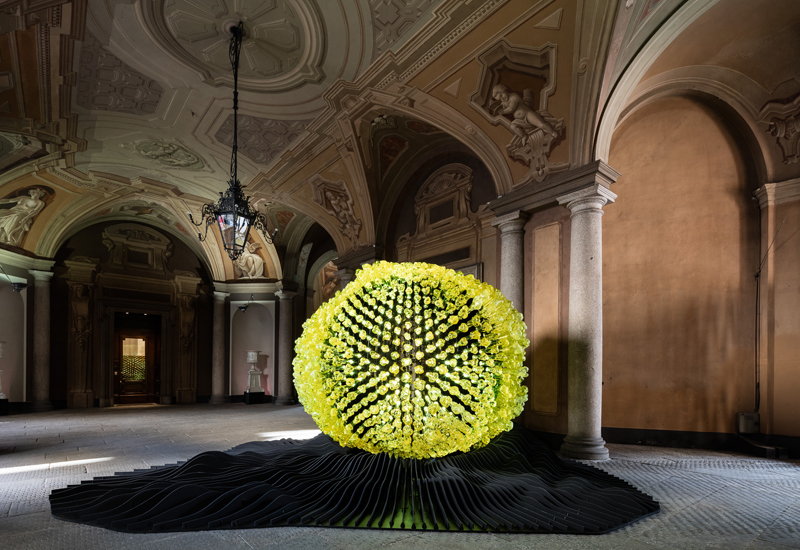Q. How has the industry evolved in the Middle East, and how open are owners to adopting trends from other parts of the world?
Fakhruddin: There have been a number of government-prescribed directives as part of green initiatives, which are designed to encourage sustainable development, making end users select energy-efficient lighting solutions. However, there is lack of knowledge and expertise within the FM community and with local operators.
Vadim: Clients in the UAE are keen to follow the latest trends, they like to push the envelope and seek extraordinarily unique products.
Martin: In the light of the current situation, differentiating properties from one another is the key in attracting guests to book rooms and just adopting trends and forms is not enough. The Middle East occupies more of a ‘trend setter’ position than just adopting trends from the world. Owners themselves definitely take inspiration from their travels but don’t just simply copy and paste. The trend is to take inspiration but integrate local specificity.
Q. Is costing a concern you find yourself having to contend with, as everyone out there is looking for a ‘better deal’?
Fakhruddin: In recent times, we have seen a number of new manufacturers and suppliers enter the lighting industry. This is mainly due to the shift in the industry’s dynamics and a move away from conventional to LED lighting. However, operators and clients should not be carried away by illusive or misleading information and offers by fly-by-night companies.
Vadim: Our installations permanently increase the value of the spaces they fill. We don’t manufacture products, we create art objects enhancing the space — and clients in the region are keen to invest in art.
Martin: Of course costing plays an important role but we always do it with the overall design intent and final interior atmosphere in mind. Naturally we have to deal with the value and cutting costs approach that can lead up to inadequate lighting projects — in these cases we make it a point to communicate the reason behind those installations. We try to prevent poor solutions and decisions during our mock ups and meetings, where we describe the proposed drafts into the details as well as to understand the ideas of our clients.
Q. Is there a healthy synchronisation between owner, operator, contractor and supplier?
Fakhruddin: For the majority of projects, specifically in the Middle East region, there is a lack of coordination and less priority given to lighting. This is where suppliers like us can share knowledge and provide suggestions on lighting schemes.
Vadim: With a commercial project, the installation is among a wider audience, so its appeal must be correspondingly universal. For us, from project conceptualisation, we work closely with our clients, whether residentially or commercially. We must uncover the story that connects the final installation to the client and the environment within which it will reside. We keep clients involved through every step of the creative process. They are invited to production facilities in the Czech Republic during the production process, to fine-tune both design and production.
Martin: We need to work together to create an innovative and distinctive concept and to present the reasons for the way we do things. Close cooperation is necessary while ensuring the success of hospitality projects. We need not only present the solution we suggest but also perceive all the needs, doubts and intention of the owner, operator and contractor. We can find the right lighting solution only if we don’t underestimate the process of synchronisation.

| Advertisement |









 Search our database of more than 2,700 industry companies
Search our database of more than 2,700 industry companies









